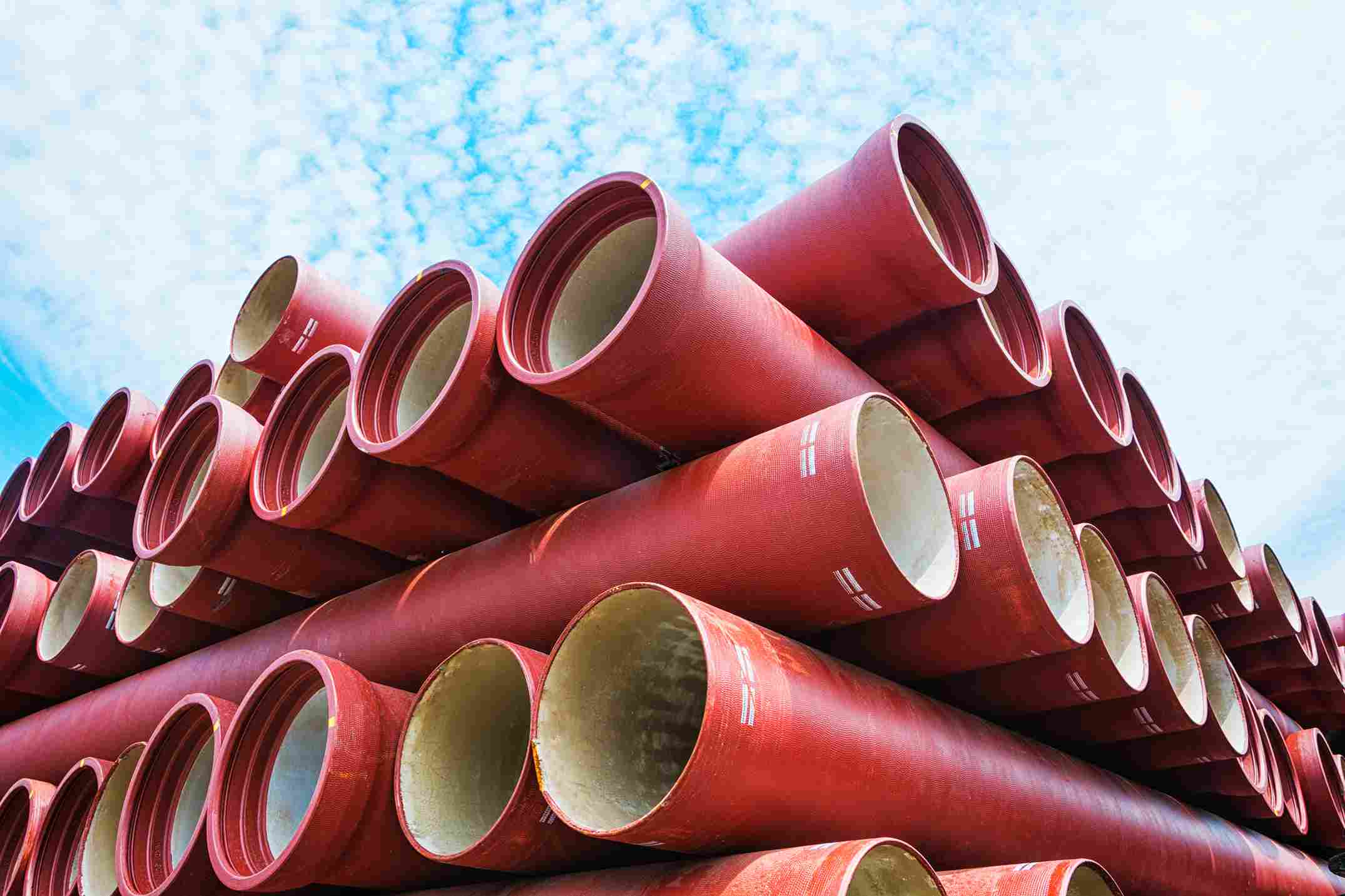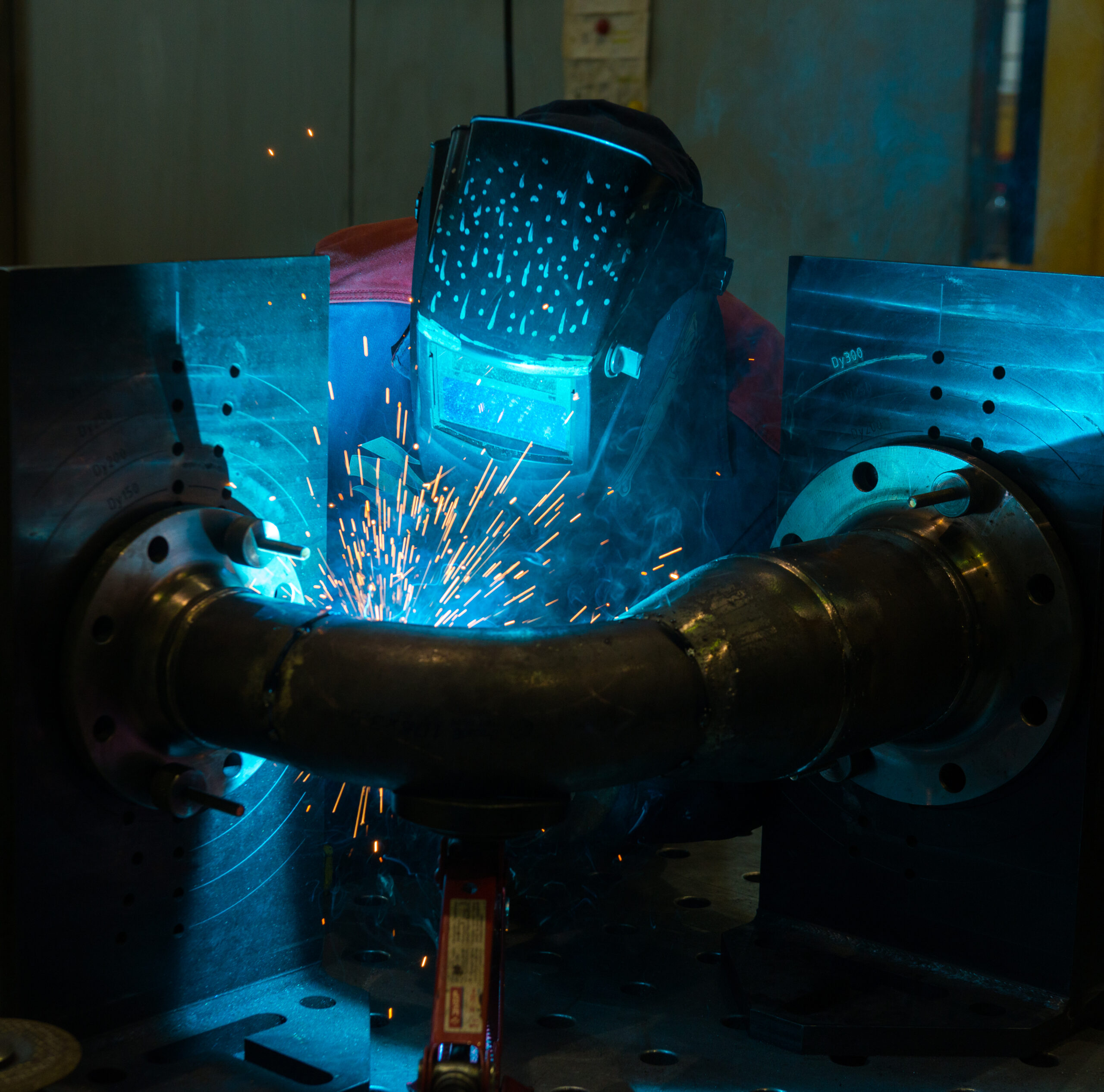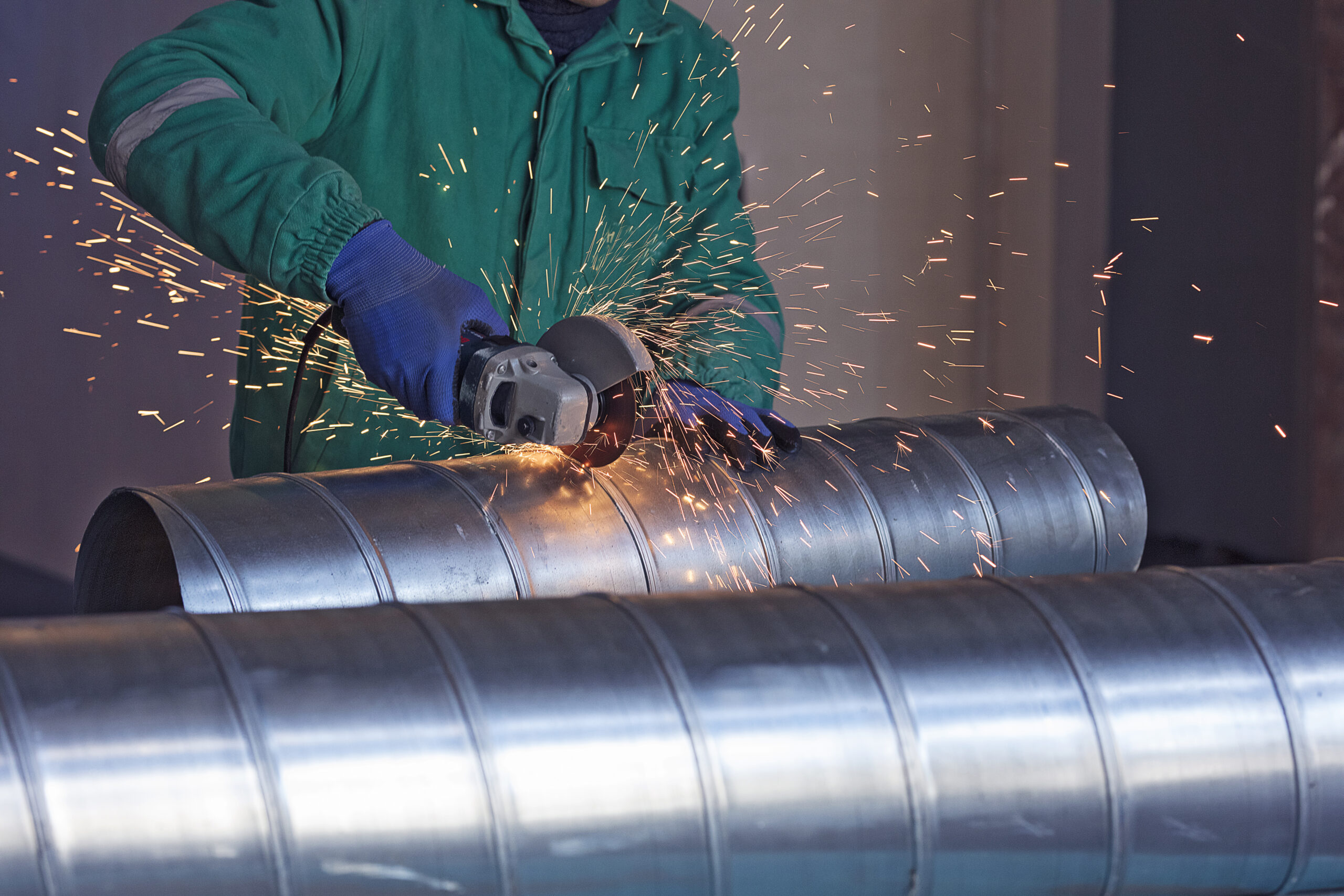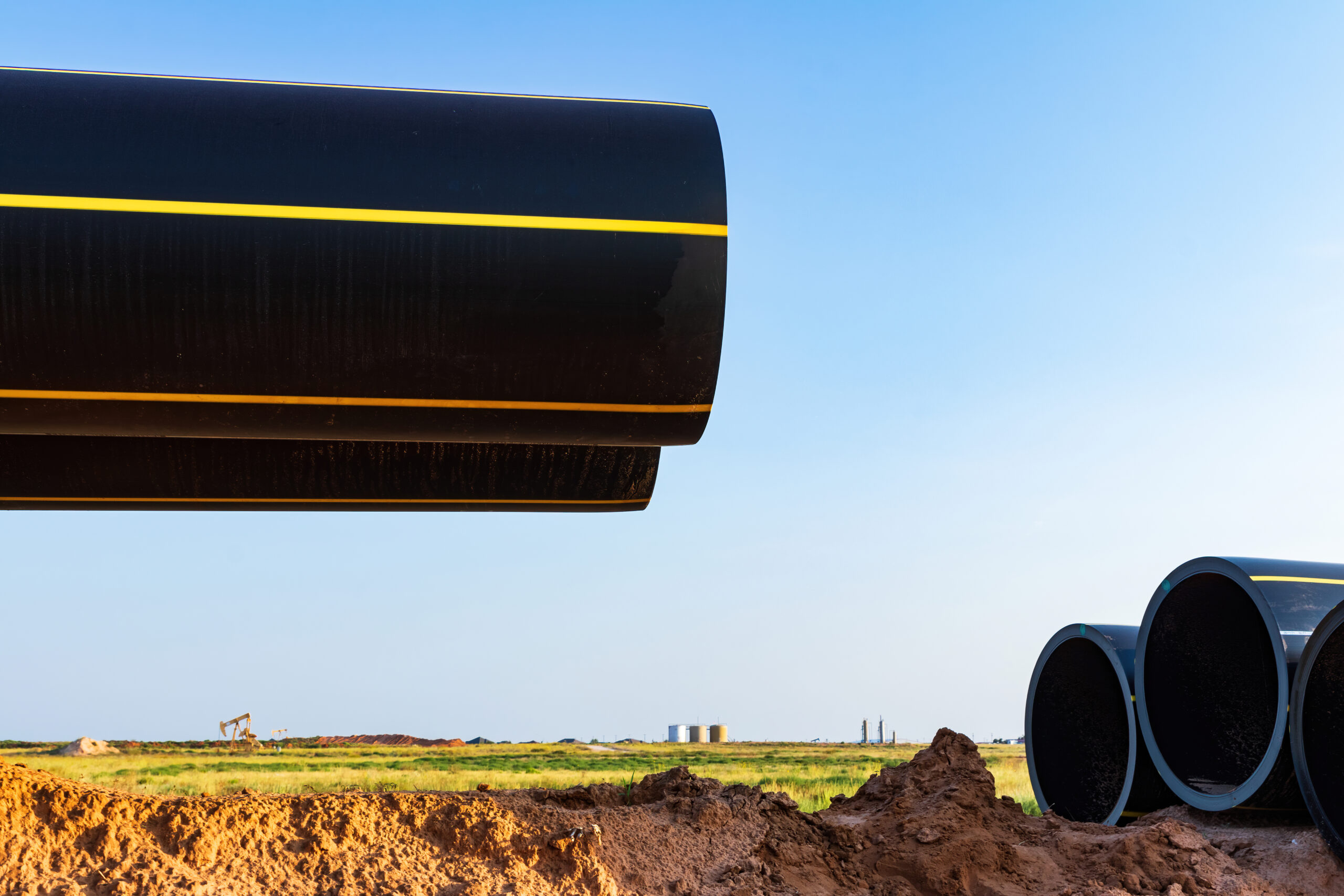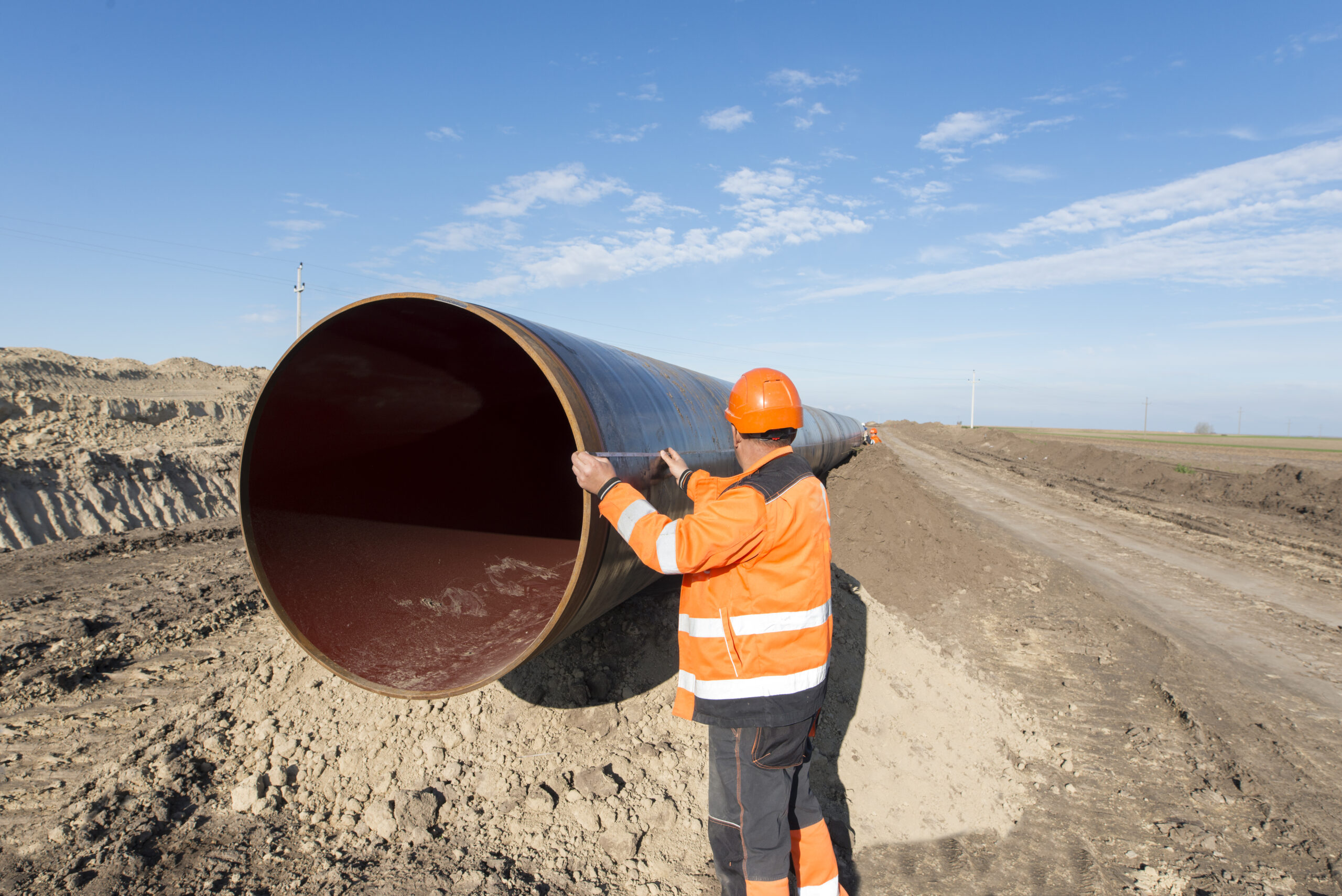The metal coating is one of the types of pipeline coating. Metallic coatings are essential for preventing deterioration, boosting longevity, and enhancing the visual appeal of metal surfaces. There are many different kinds of metal layers, and each has unique qualities and advantages for other uses.
The field of metal coatings is vast and constantly changing, ranging from electroplating, which adds a decorative finish, to galvanized coatings, which offer excellent protection against corrosion.
The aim of this blog will be to introduce the various metal coating kinds currently in use. Moreover, we will examine various types of coatings, including anodizing, powder coating, PVD coatings, ceramic coatings, and organic coatings, emphasizing their features, uses, and benefits.
By the end of this blog, you will become familiar with the variety of metal coating solutions available when enhancing and safeguarding precious metal elements.
Different Types of Metal Coating
Galvanized Coating
A zinc-plated coating is one of the increasingly popular types of metal coatings, particularly for steel structures and sections. With this coating, a layer of zinc is applied to the metal’s surface, often by a procedure called hot-dip galvanization.
Coated coatings help prevent rust and other metal damage by strongly resisting corrosion. Galvanized coatings’ capacity for healing oneself is an additional advantage. The surrounding zinc acts as a capacitive shield to safeguard a scraped or broken metal wrapping, stopping deterioration in its tracks.
Read more: Galvanized vs. stainless steel: What’s the difference?
Electroplating
The etching technique involves using electrolysis to deposit a thin metal layer on an object’s outermost layer. It is frequently used to provide different metal items with better functioning, improved corrosion resistance, and improved beauty. The preparation of the target object is the usual first step in electroplating.
The surface is thoroughly cleansed and frequently polished to ensure the coated metals adhere correctly. After that, the object is immersed in an electrolyte solution that contains the required electroplating material’s ionized metal.
Anodizing
Anodizing is an electrochemical procedure that coats the surface of some metals, most frequently aluminum and its alloys, with a protective oxide coating. This procedure increases the substance’s durability and immunity to corrosion and can also produce aesthetic or practical coatings.
An electric current is then run through the metal object—typically aluminum—while it is submerged in an electrolyte solution during the anodizing process. A unique metal or alloy is often the cathode (negative electrode).
Powder coating
Metal surfaces can be coated with a challenging and protective layer using the dry finishing technique known as powder coating. To create a smooth and uniform coating, electrostatically charged powdered particles are applied to the substrate before they are heated and fused. Preparing the metal surface is the first step in the powder coating procedure.
It is cleaned to remove impurities like oil, corrosion, or grime. The substrate is then given a pre-treatment to improve adhesion. This pre-treatment may include procedures like chemical cleaning, phosphating, or the application of a primer.
PVD Coating
The thin film deposition process, known as PVD (Physical Vapor Deposition) coating, puts different coatings on metal and other surfaces. It is a vacuum-based method in which a substance is moved physically, such as through evaporation or sputtering, from a reliable source to the substrate.
The substrate, commonly made of metal, is first placed inside a vacuum chamber to begin the PVD coating process. To generate a low-pressure condition, the section is then emptied. The coating substance is then evaporated from a reliable source.
This coating material could be a metal or a compound. PVD coatings have several benefits. They offer superior substrate adhesion, high hardness, and wear resistance. PVD coatings can improve surfaces’ lubricity, heat resistance, and corrosion resistance. Additionally, they might offer aesthetic finishes or unique optical qualities like transparency or reflection.
Ceramic Coating
A protective coating used on the surface of many materials, including metals, is known as a ceramic coating. It is sometimes referred to as ceramic film or ceramic paint protection. It entails depositing a thin, protective layer of a ceramic-based substance onto the substrate.
Nanoparticles or polymers with ceramic particles incorporated into them are the typical ingredients of ceramic coatings. A strong and long-lasting barrier is formed when the layer and surface form a molecular link.
This coating can be used in various materials, although most frequently used in automotive applications. Glass surfaces, wheels, and vehicle paintwork are all protected by ceramic coatings. They produce a shiny, smooth surface that improves the vehicle’s overall appearance and lessens the need for routine waxing or polishing.
Organic Coating
Organic coatings are protective layers put on surfaces to offer a variety of advantages, including protection, aesthetics, and other functional qualities. They are also known as organic finishes or paint coatings.
Usually, organic polymers like resins and binders are combined with pigments, solvents, and additives to create these coatings. Applying organic layers requires several procedures. The surface must first be cleaned, sanded, and primed to achieve adequate coating adherence.
The organic coating is applied using various techniques, including brushing, dipping, and spraying. It is important to remember that the formulation, method of application, and environmental factors can all affect the performance and longevity of organic coatings. Routine upkeep and touch-ups may be necessary to preserve the coating’s lifetime.
Conclusion
In conclusion, many solutions are available to protect, improve, and customize metal surfaces in metal coatings. Each coating type has distinct qualities and applications, from galvanized coatings that offer excellent corrosion protection to electroplating with ornamental finishes.
Aluminum is protected by anodizing, which forms protective oxide layers; by powder coating, which offers long-lasting, vibrant finishes; by PVD coatings, which provide greater hardness and wear resistance; by ceramic coatings, which provide high-temperature resistance; and by organic layers, which offer both security and aesthetic appeal.
Pipeline coating is used to control corrosion; our latest LPS technologies also help reduce pipeline corrosion chances for advancement.
FAQs
What is galvanizing, and how does it protect metal?
Galvanizing is the process of coating metal with zinc to protect it. It stops corrosion by creating a physical barrier and acting as a sacrifice since zinc corrodes before the metal underneath it.
What is powder coating, and how is it applied to metal surfaces?
Powder coating is done by putting a dry powder on metal, which is then heated to harden it into a finish that will last a long time. Electrostatic forces hold the powder to the metal, making a uniform coating hard to chip, scratch, or fade.
What are the advantages of electroplating as a metal coating method?
Electroplating puts a thin metal layer on a surface through an electrochemical process. It makes materials look better, protects them from corrosion, makes them more complicated, and makes non-conductive materials conduct electricity.
How does ceramic coating enhance the durability and heat resistance of metal objects?
A thin layer of ceramic material is put on metal surfaces to make a ceramic coating. Building a rigid barrier against scratches, abrasions, and chemicals makes something much more durable. Also, ceramic coatings are very heat resistant, so metal objects can stay in high temperatures without breaking down.
What is anodizing, and why is it commonly used for aluminum?
Anodizing is an electrochemical process that coats the aluminum surface with an oxide layer. It improves corrosion resistance, increases durability, improves paint and dye adhesion, and permits decorative finishes while preserving the metal’s natural appearance.
Differences between girth weld coating and metal coating: Which offers better corrosion protection?
“Girth weld coating” safeguards pipeline welds against corrosion at connection points. “Metal coating” offers general protection for metal surfaces against corrosion, abrasion, and environmental factors in various applications. Both extend the lifespan of metal components, with girth weld coating tailored to pipeline welds and metal coating offering versatile defense for different contexts.

